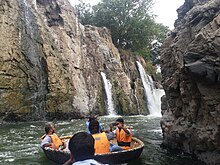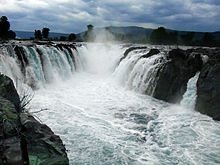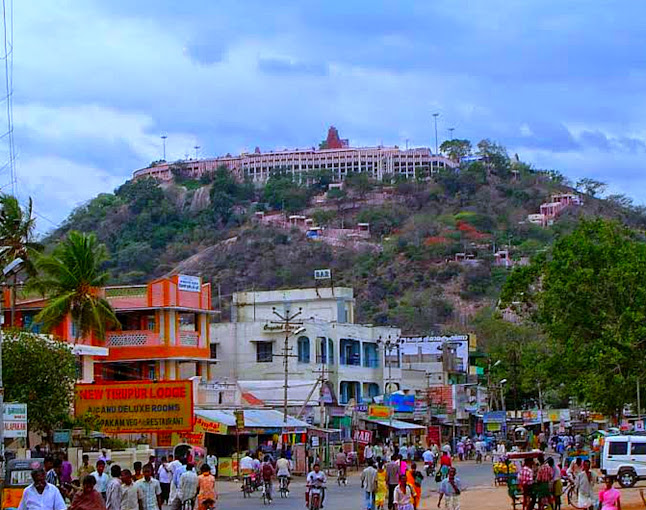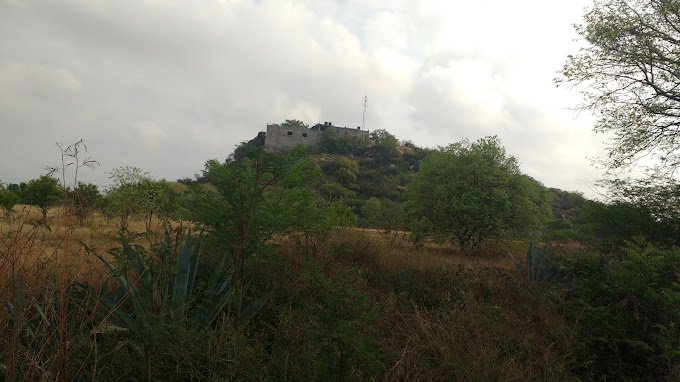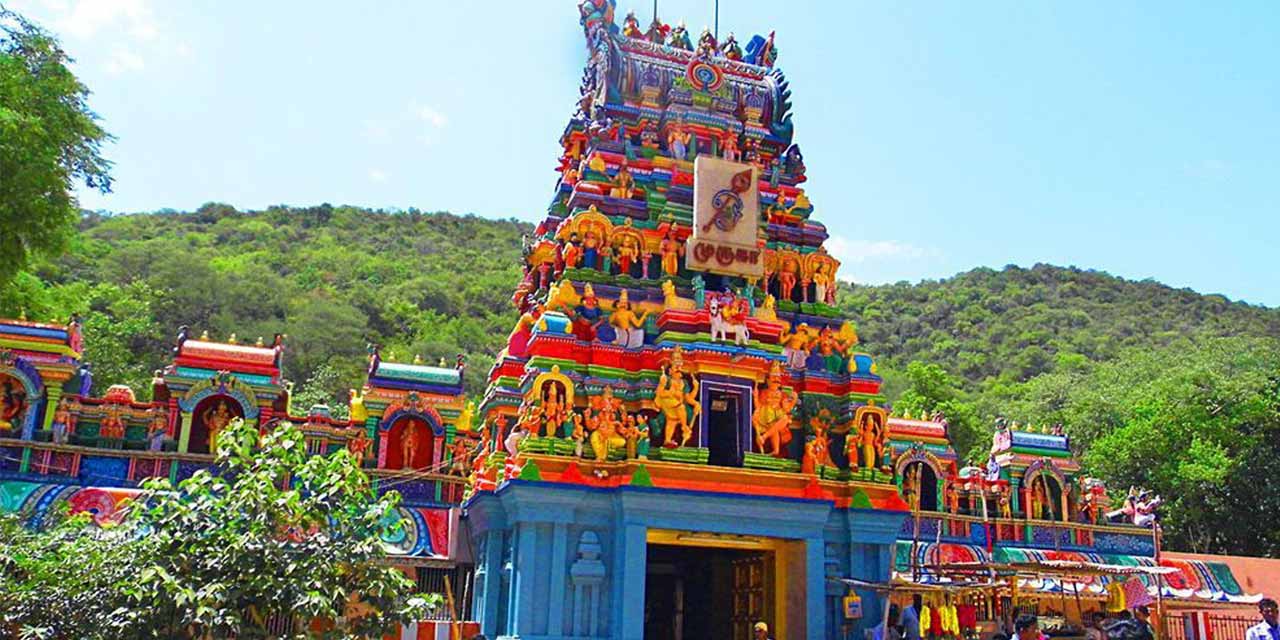Embark on a journey to Hogenakkal Falls, a breathtaking cascade nestled in the southern heartlands of India, gracefully straddling the border between Dharmapuri district in Tamil Nadu and Chamrajnagar district in Karnataka. Aptly nicknamed the “Niagara Falls of India,” this natural wonder unfolds along the majestic Kaveri River, captivating travelers with its awe-inspiring beauty.
Situated just 46 km from Dharmapuri and 199 km from Chamrajnagar, Hogenakkal Falls beckons adventure seekers and nature enthusiasts alike. Accessible from major cities such as Bangalore, Mysore, Chennai, and Coimbatore, this haven of serenity stands 127 km from the bustling metropolis of Bangalore, offering a tranquil escape into the lap of South India’s scenic grandeur.
The falls, renowned for its bathing areas and invigorating hired boat rides, stands as a testament to the raw power and pristine allure of nature. As visitors revel in the immersive experience of water cascading amidst lush surroundings, Hogenakkal emerges as a major tourist attraction, drawing admirers from far and wide.
Beyond its visual splendor, Hogenakkal is a geological marvel, boasting carbonatite rocks that are considered among the oldest in South Asia and the world. These ancient formations add a layer of historical significance to the already enchanting landscape.
In a forward-thinking proposal, the Government of Tamil Nadu envisions transforming Hogenakkal Falls into a source of drinking water for the state, highlighting the dual role of this natural masterpiece—both a captivating spectacle for tourists and a potential lifeline for the region.
Hogenakkal Falls, with its roaring waters and ancient rocks, invites all to witness the harmony of nature’s forces, a symphony that transcends time and leaves an indelible mark on the souls of those fortunate enough to stand in its presence.
Uguneer Kal to Hogenakkal Falls: A Linguistic and Geographical Odyssey
Delve into the linguistic and historical tapestry of Hogenakkal Falls, originally known as Uguneer Kal in pure Tamil. The evolution of nomenclature unfolds a fascinating chapter in the waterfall’s narrative, revealing a transformation influenced by centuries of cultural intersections.
During the reign of the Mysore Kingdom from 1652 to 1768, Hogenakkal witnessed a significant influx of Kannada-speaking inhabitants employed for tax collection. This cultural amalgamation led to the transition of many Tamil names, including Uguneer Kal, into Kannada equivalents. Thus, the transformation to Hogenakkal took place, with the name deriving from Kannada, signifying ‘Smoky Rocks.’
The etymology of Hogenakkal carries a vivid imagery—the forceful descent of the river upon the rocks mirrors the appearance of smoke billowing from the rugged terrain. This poetic description encapsulates the mesmerizing spectacle that draws visitors to this natural wonder.
In the cultural tapestry of Tamil Nadu, Hogenakkal is also affectionately referred to as Marikottayam by its people, adding another layer to the rich identity of this geographical gem. As a testament to its cultural resilience and historical significance, Hogenakkal Falls stands not only as a spectacle of nature’s grandeur but also as a linguistic bridge connecting Tamil and Kannada narratives.
Uguneer Kal’s metamorphosis into Hogenakkal unfolds a tale of cultural encounters and linguistic nuances, enriching the allure of this majestic waterfall with layers of history and meaning.
Thalaineer Aruvi: Hogenakkal Falls in the Echoes of Sangam Literature
Immerse yourself in the timeless verses of Sangam Literature, where the resplendent Hogenakkal Falls is eloquently referred to as Thalaineer Aruvi (தலைநீர் அருவி). These ancient texts not only celebrate the majestic cascade but also envelop the surrounding realms in the poetic embrace of Thalaineer Naadu (தலைநீர் நாடு), painting a vivid panorama of natural beauty and cultural significance.
In the annals of history, the sovereign ruler who presided over this enchanting domain was none other than King Adiyaman Neduman Anji. His regal presence and the cascading grandeur of Hogenakkal are immortalized in the verses of Sangam Literature, particularly in revered works such as Purananooru (புறநானூறு), Agananooru (அகநானூறு), and Kurunthogai (குறுந்தொகை).
As the verses unfold, they weave a narrative that transcends time, providing a cultural and historical backdrop to Hogenakkal Falls. The echoes of ancient poets resonate with the roaring waters, immortalizing the natural wonder as a symbol of enduring beauty and royal patronage.
Hogenakkal’s presence in Sangam Literature serves as a testament to its longstanding prominence, not merely as a geographical marvel but as a muse that inspired the creative spirit of poets from bygone eras. Thalaineer Aruvi, with its lyrical resonance, stands as a bridge between the contemporary and the ancient, inviting all to appreciate the profound connection between nature’s wonders and the poetic soul of human expression.
The Gallery Of Hogenakkal Falls
